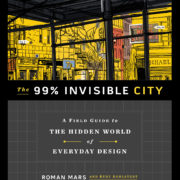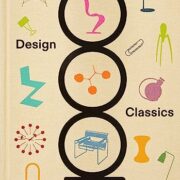Mend! : A Refashioning Manual and Manifesto by Kate Sekules
Over the last couple of years there has been a movement back toward mending. Rather than getting rid of old clothes, you can grab a needle and thread and give them a new life with a few simple techniques. And if the techniques are simple, they can be made complicated – that is where visible mending comes in.
Rather than mending to hide holes and tears, visible mending seeks to celebrate them. Using contrasting fabrics for patches and bold thread colors for seams and darns, visible menders draw attention to their work. They also turn their mass-produced wardrobe into a collection of one-of-a-kind pieces.
Have you ever had to throw out your favorite sweater just because it had a small hole? Visible mending may be for you!
At Joplin Public Library, we have a few books about visible mending – in fact, three have been added in the past year – but my favorite is MEND! : A REFASHIONING MANUAL AND MANIFESTO by KATE SEKULES.
Kate Sekules is a writer, clothes historian, mender, and mending educator; and in Mend! she brings all of these skills to the table. Her book delves into the history of mending worldwide, and into the current renaissance it is having today.
The book is organized into seven chapters that tell the story of mending: What, Why, When, Who, Where, How, and Which. “What” provides a brief introduction to the concept of visible mending.
In “Why,” Sekules talks about the cost of manufactured clothing on the planet, from poor working conditions in factories to the piles of clothing that end up in our landfills.
“When” examines the history of visible mending – starting with the Copper Age patchwork fur pants of Otzi the Iceman and ending with the psychedelic color palettes of 1970s hippie couture.
Sekules showcases the other artists currently making waves in the visible mending movement in the fourth chapter, “Who.”
“Where” discusses storage of your mending materials and organization plans for your wardrobe. Just because you haven’t worn an old skirt in the past year doesn’t mean it needs to be thrown out. Maybe you should add some embellishments and give it a whole new style!
Mend! turns its attention to methods in chapter six, “How.” This chapter provides new menders with a vocabulary to get started, as well as illustrated techniques for basic stitches. Sekules also offers advice for dealing with specific fabric, and finding time for mending.
“Which” follows up with project examples. Since every tear is different, Sekules does not give step-by-step instructions for a project. She gives examples of damage and provides readers with a suggestion for a mending technique.
This book is not a craft project book. There are not any patterns to cut out or numbered instructions to follow. It is a book of ideas; a place to find inspiration. Flip through it just out of curiosity, and when you splatter paint on your best jeans, check this book out again to remember how you do a satin stitch, or what kind of patch fabric works best with denim.
Mend! is full of useful graphs and charts, but it also has its fair share of photographs. And don’t forget that Kate Sekules is a clothes historian – she has a picture of King Tut’s 3,350-year-old mended kerchief, and lots of stories to tell about clothing.
My favorite anecdote from this book has to do with what Sekules calls “the opposite of mending.” In the late 1300s, people were shredding their clothes on purpose. Hoods, gowns, and doublets all received intricate, decorative slashes – probably to mimic the way a knight’s clothes would become slashed in battle.
So whether you’re wearing a punk rock shirt with the sleeves torn off, or pre-ripped jeans you bought at the store, you have these fashion rebels from the 1300s to thank.
As the pages of this book will tell you, visible mending is nothing new. It used to be a necessity to look after the few clothes you were able to afford. Although clothing is much easier to come by these days, we can still choose to be more careful with the clothes we have.
With inspiration from Mend!, and a few basic tools, you can revolutionize your wardrobe and make it as individual as you. But be careful, you may find yourself starting to wish that your clothes would fall apart!











